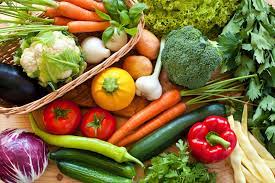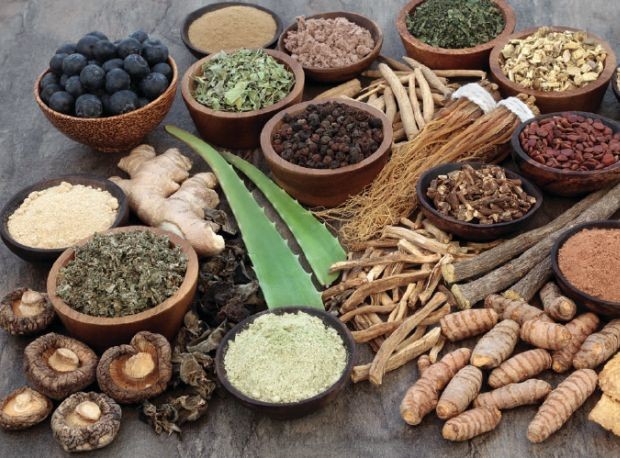Ancient Indian culture is well known for its rich tradition, diverse customs, and elaborate food practices. Indian food is popular worldwide for its variety of spices, flavors, and colors. But apart from these taste and flavors, the ancient Indian culture emphasized healthy and nutritious food practices. Ayurveda, an ancient Indian system of medicine, lays down the principles of healthy food practices that are still relevant in the modern world. In this article, we will explore some of the healthy foods of ancient Indian culture.
Millets:
Millets are a group of small-seeded grasses that have been cultivated in India for thousands of years. Millets were a staple food in ancient India due to their high nutritional value and ability to grow in different soil and weather conditions. Millets are rich in fiber, protein, vitamins, and minerals, making them an excellent food choice for a healthy diet. Some of the popular millets used in ancient Indian cuisine include pearl millet, finger millet, foxtail millet, and sorghum.
Lentils:
Lentils are an essential part of the Indian diet, and they were also a staple food in ancient India. Lentils are a rich source of protein, fiber, iron, and other essential nutrients. Lentils can be cooked in various ways and are used in soups, stews, curries, and salads. Some of the popular lentils used in ancient Indian cuisine include green gram, black gram, red gram, and Bengal gram.
Vegetables:
Vegetables were an essential part of the ancient Indian diet, and they were used in various dishes to add flavor, texture, and nutrition. Vegetables are rich in fiber, vitamins, and minerals, and they provide essential nutrients to the body. Some of the popular vegetables used in ancient Indian cuisine include spinach, fenugreek, bitter gourd, bottle gourd, eggplant, and okra.
Fruits:
Fruits were an integral part of the ancient Indian diet, and they were used in various ways to add flavor, sweetness, and nutrition. Fruits are rich in vitamins, minerals, and antioxidants, and they provide essential nutrients to the body. Some of the popular fruits used in ancient Indian cuisine include mangoes, bananas, guavas, pomegranates, and jackfruit.
Spices:
Spices are an integral part of Indian cuisine, and they were used in ancient times for their medicinal properties as well as to add flavor to dishes. Spices are rich in antioxidants and anti-inflammatory compounds, making them an essential part of a healthy diet. Some of the popular spices used in ancient Indian cuisine include turmeric, cumin, coriander, ginger, garlic, and cardamom.
Ayurvedic herbs:
Ayurvedic herbs were used in ancient Indian cuisine for their medicinal properties and health benefits. Ayurvedic herbs are known to have antioxidant, anti-inflammatory, and antimicrobial properties, making them an essential part of a healthy diet. Some of the popular Ayurvedic herbs used in ancient Indian cuisine include ashwagandha, holy basil, turmeric, and neem.
Ghee:
Ghee, or clarified butter, was an essential part of the ancient Indian diet, and it was used in various dishes for its flavor and health benefits. Ghee is rich in antioxidants and healthy fats, and it provides essential nutrients to the body. Ghee is also known to have anti-inflammatory properties, making it an essential part of a healthy diet.
Yogurt:
Yogurt was an essential part of the ancient Indian diet, and it was used in various dishes for its flavor and health benefits. Yogurt is rich in probiotics, which are essential for maintaining a










0 Comments